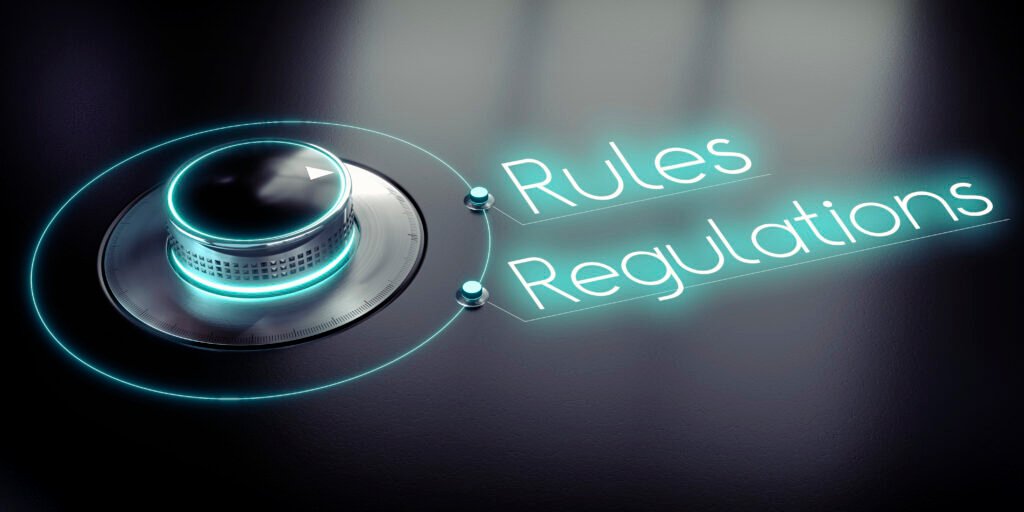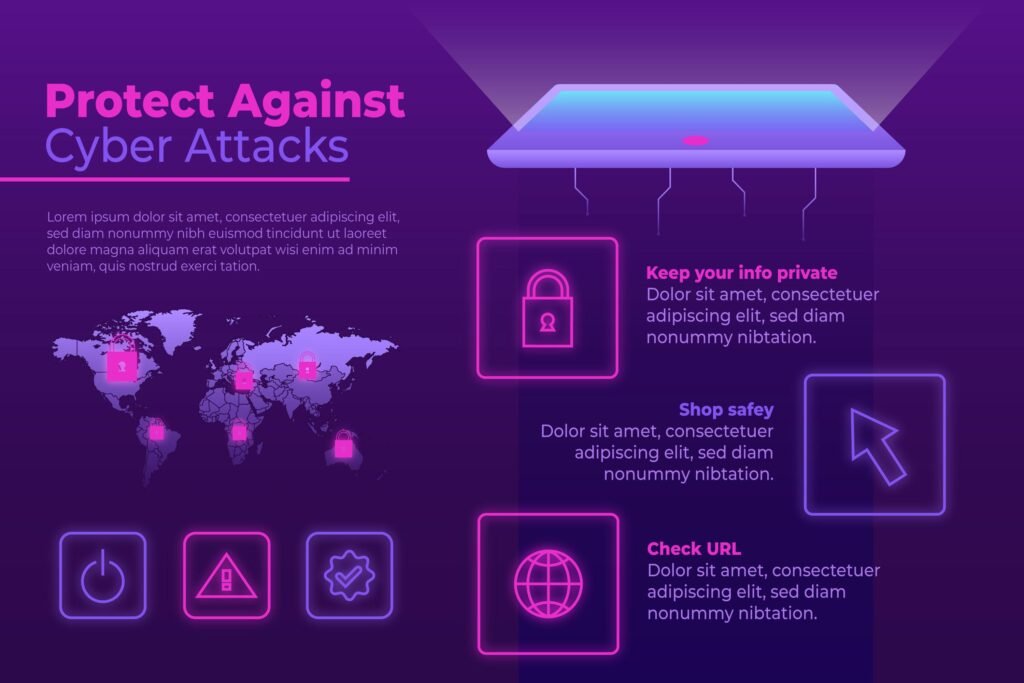GDPR, CCPA, and the New Future of Data Privacy
GDPR, CCPA, and the New Future of Data Privacy INTRODUCTION With the advancements of the current digital age, privacy of data has become an imminent concern to individuals, business corporations, as well as nations. With increases in data hacks, identity hacks, and uncontrolled sharing of data, nations are enacting strict data privacy acts. GDPR, CCPA, and soon upcoming legislation is setting the destiny for data privacy that holds guarantees for greater responsibility and openness. In this full guide, we will talk about the GDPR, CCPA, and how they are influencing data privacy laws worldwide. We will also touch on emerging trends in data protection and how businesses can stay compliant with the evolving laws. Understanding GDPR and CCPA What is GDPR? The General Data Protection Regulation (GDPR) is an EU data protection law established in 2018. It outlines procedures for the collection, processing, and storage of personal data of EU citizens. The GDPR operates to allow users to have more control over their data with business accountability for abusing data. Some of the most important features of GDPR are: Forced consent from users to gather data Right to see, modify, and delete personal data Severe penalties for data breaches and non-compliance Data protection impact analyses to businesses Comprehensive data protection and encryption requirements Business requirement to appoint a Data Protection Officer (DPO) What is CCPA? The California Consumer Privacy Act or CCPA is a state-legislated data privacy regulation in the USA, enacted in 2020. The CCPA provides rights to California residents over their data and mandates data transparency to businesses. Important features of CCPA are: Right to know what personal data is collected Right to opt out of data selling Right to erase data Strong penalties for non-compliance Businesses must reveal the types of data they collect Businesses can be sued by consumers for data breaches even without evidence of harm Both the GDPR, CCPA share the same goal of protecting consumer data but differ in scope, application, and enforcement. GDPR vs. CCPA: Key Differences 1. Scope and Applicability GDPR will be enforced on any worldwide organization processing the personal data of EU citizens. CCPA will be enforced on profit-making companies collecting the personal data of California residents with specified revenue or data processing thresholds. 2. User Rights GDPR provides stronger rights like data portability, rectification, and clear consent. CCPA relies on opt-out rights and stopping the sale of personal information. 3. Penalties GDPR has penalties of €20 million or 4% of global revenue. CCPA penalties vary but have a penalty of up to $7,500 per event. 4. Consent Mechanism GDPR requires explicit consent before gathering user information. CCPA allows collection by default but requires an opt-out option. 5. Business Obligations GDPR requires businesses to report data. CCPA does not have a strict breach notification deadline but allows consumers to sue for data spills. The Impacts of GDPR and CCPA on Businesses 1. Grows Compliance Burdens Businesses need to implement robust data protection measures, including: Transparency in privacy policies Safe data storage measures Regular audits and risk assessments Verifying third-party suppliers meet the data privacy requirements 2. Building Consumer Trust With GDPR, CCPA compliance, businesses can build trust among customers, leading to improved brand reputation and customer loyalty. 3. Higher Costs for Non-Compliance Non-adherence to GDPR, CCPA can invite huge fines, litigation, and damage to reputation. 4. Issues of Operations Businesses need to revolutionize data collection practices, train employees, and implement new data protection procedures. The Future of Data Privacy Legislation 1. New US Data Privacy Regulations A few US states, including Virginia and Colorado, have developed their own data privacy laws, taking cues from GDPR, CCPA. 2. Global Adoption of GDPR-Type Legislation Countries such as Canada, Brazil, and India are enforcing comparable data protection laws in order to comply with GDPR, CCPA standards. 3. AI and Data Privacy Compliance Through AI-based data analytics, businesses are required to make their AI systems GDPR, CCPA compliant in order to prevent misuse of data. 4. Emergence of Privacy-Enhancing Technologies (PETs) Privacy-enhancing technologies such as differential privacy and homomorphic encryption are being explored in order to strike a balance between data usability and compliance. 5. Regulation of Emerging Technologies New laws will address privacy matters of blockchain, Internet of Things (IoT), and managing metaverse data. 6. Zero-Trust Security Model Adoption of the zero-trust security model is increasing, where businesses have to verify all requests for access, reducing risks of data breaches. 7. Social Media Privacy Laws Regulators are drafting stronger laws to eliminate data collection and encourage privacy on social media platforms. 8. Cross-Border Data Transfer Regulations With evolving world trade, new restrictions and conventions are emerging to regulate cross-border data transfers in accordance with GDPR, CCPA. 9. Greater Consumer Control Over Data Regulation in the future could give users greater control over their data, like granular consent and self-destructing data functionalities. 10. Corporate Responsibility and Ethical AI Companies will need to implement ethical AI guidelines and demonstrate ethical data management to meet data privacy laws. Conclusion The coming of data privacy regulations such as GDPR, CCPA is changing the digital era globally. Companies must be ahead of the curve, adopt compliance best practices, and enhance data protection in an attempt to earn customer trust and avoid lawsuits. Disclaimer The article is not intended to be information-oriented only but must not be interpreted as legal advice. While we strive to give the latest and correct information regarding GDPR, CCPA, and other data privacy legislations, legislations are not fixed and change. readers must visit a competent legal professional or compliance professional for particular guidance according to their situation. Content in this article does not establish any attorney-client relationship and should not be used as a substitute for legal counsel. Neither the author nor this website is liable for any inaccuracies, omissions, or outcomes from the application of this information. For latest updates and legal interpretations of GDPR, CCPA, always look at official government publications and take the advice of legal experts. Recent Posts
GDPR, CCPA, and the New Future of Data Privacy Read More »










